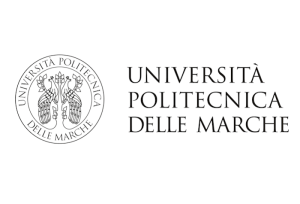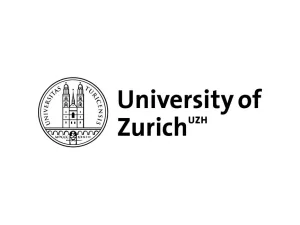Abstract: Can the magnitude of the calorie distance between food items explain the contradictory findings in previous literature regarding the impact of calorie labeling laws? Our theoretical model suggests that the relative calorie difference between alternatives in food menus is a missing link important for understanding the impact of calorie labeling information on calorie intake and reconciling inconsistencies in previous findings. We implement laboratory and lab-in-the-field restaurant experiments where participants make incentivized food choices in binary menus. We exogenously manipulate the magnitude and saliency of the calorie distance between food alternatives. We find that providing accurate calorie information increases the likelihood of low-calorie choices by 3% and10% in the lab and restaurant experiments, respectively. However, the menu-dependent calorie distance discounts the effect of information-provision. Our findings suggest that a 100-calorie increase in the calorie distance between the food alternatives reduces the probability of choosing the low-calorie alternative by 3%.
Scientific Publications from Researchers Using iMotions
iMotion is used for some of the most interesting human behavior research studies done by top researchers around the world. Contact us to have your publication featured here.
All Publications










